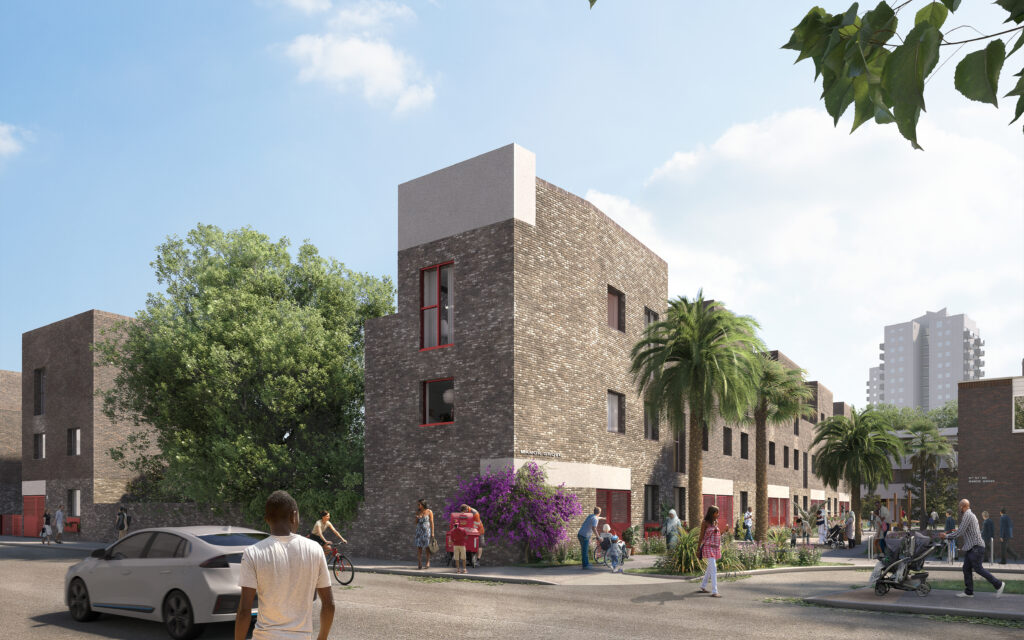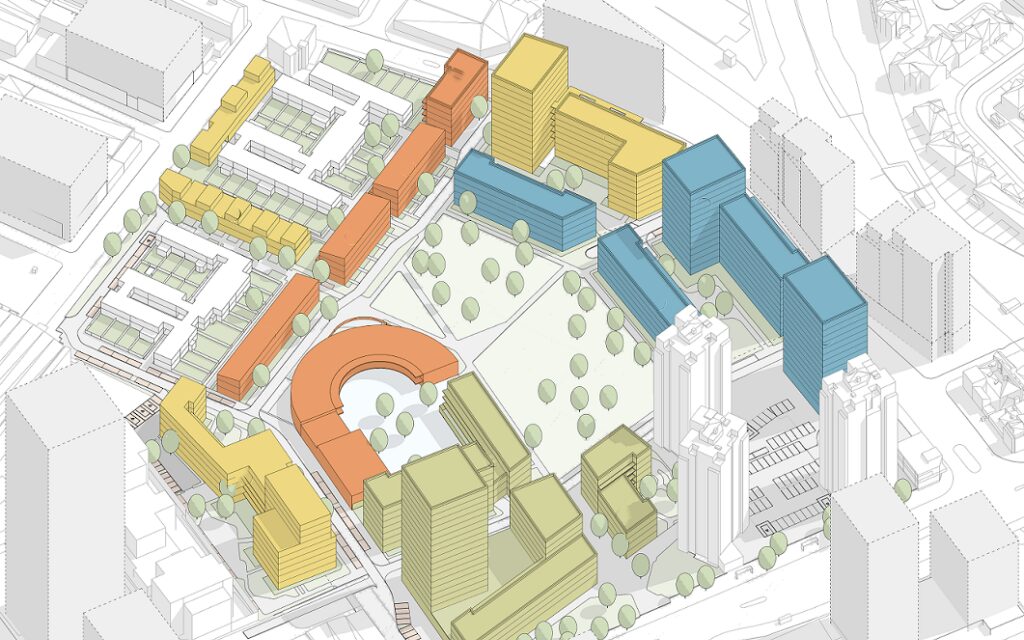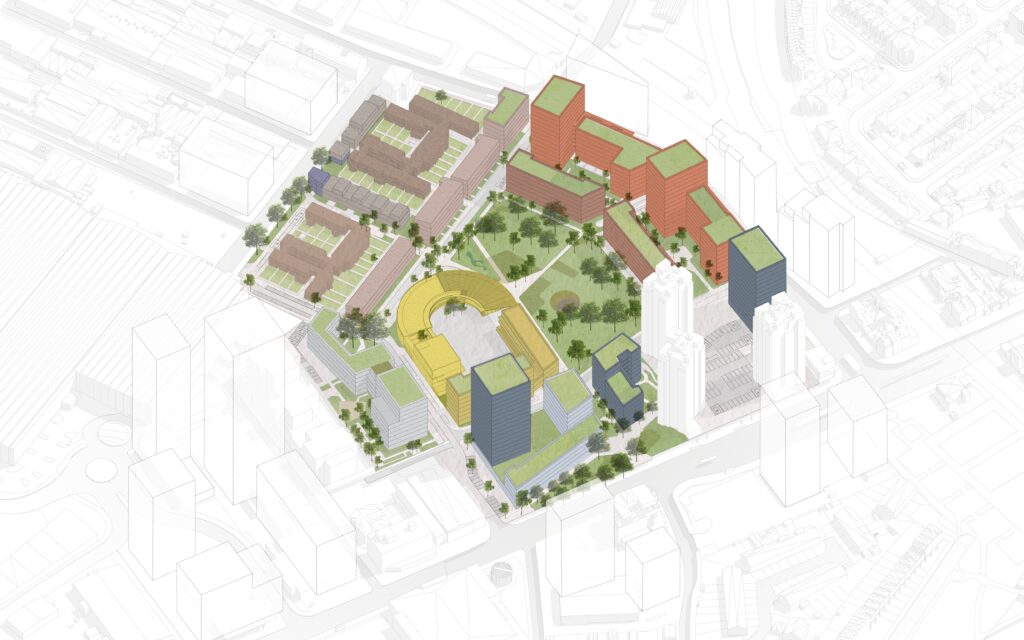The Challenges Facing Local Authority Regeneration

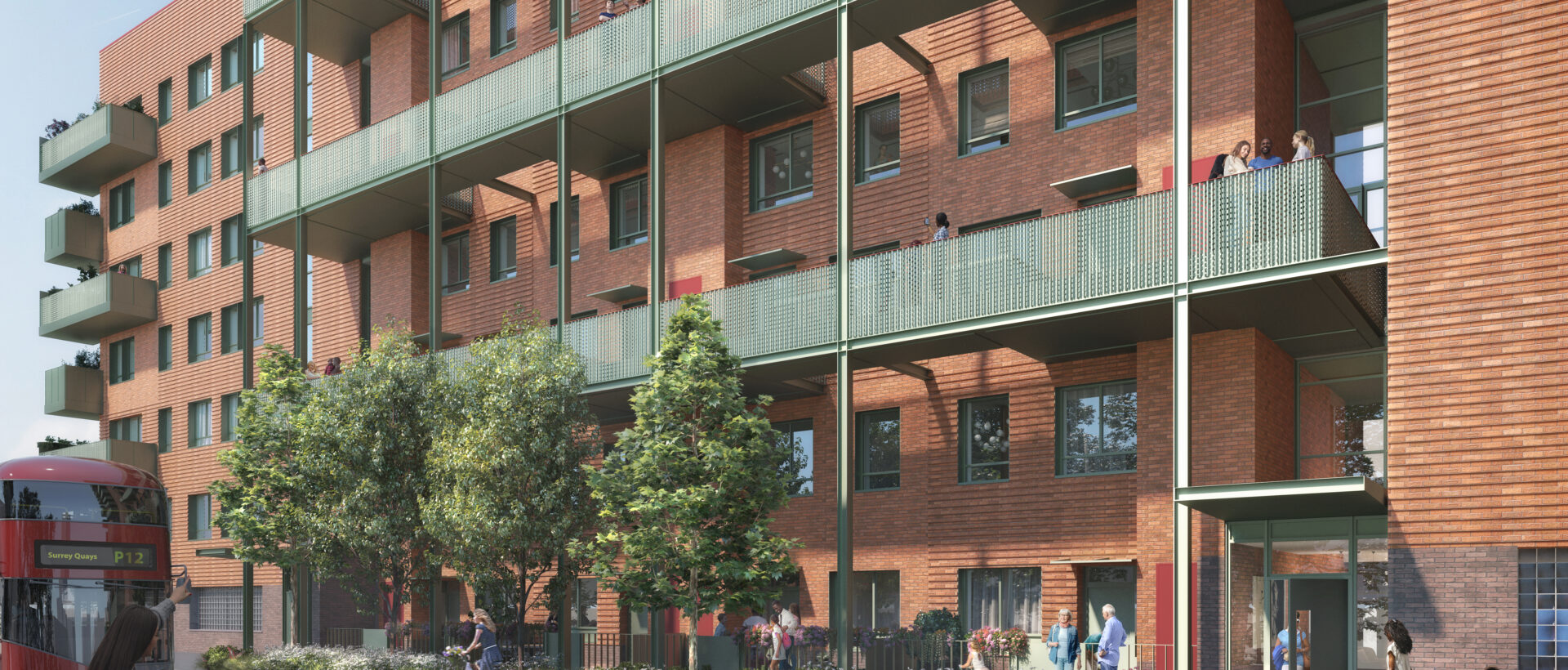
Introduction
The challenges facing Local Authority Regeneration and how Pulse helped the London Borough of Southwark overcome them with the £290m regeneration of the Tustin Estate.
Similar to all Local Authorities, London Borough of Southwark (LBS) faced several challenges with regenerating the Tustin Estate.
Primarily limited capital balanced against a political back drop to deliver much needed affordable homes. Below we have outlined how Pulse supported LBS to lead them from a Stage two design into contract with a developer and onto site in just 12 months.
The challenges
Local authorities face four common challenges with their regeneration schemes:
01
Limited funding
02
Community resistance
03
Planning & zoning restrictions
04
Economic factors
Limited funding
Regeneration projects can be expensive, and local authorities often have limited funding to support them. This can lead to delays or a lack of progress in implementing the regeneration project.
Pulse carried out an evaluation of the routes to market that could support LBS regeneration requirements. Following an appraisal of the options to engage private developers, we recommended the Pagabo Developer framework. A competitive tender process followed in which Linkcity were appointed. Following an intense period of negotiation, including weekly legal and financial meetings, we were able to recommend to Cabinet a phased approach to development which prioritised the affordable housing, whilst giving the site sufficient future returns for Linkcity to generate a land receipt for LBS.

This approach minimised LBS capital expenditure over a 10 year framework, gave certainty to the delivery of affordable homes and generated a land receipt.
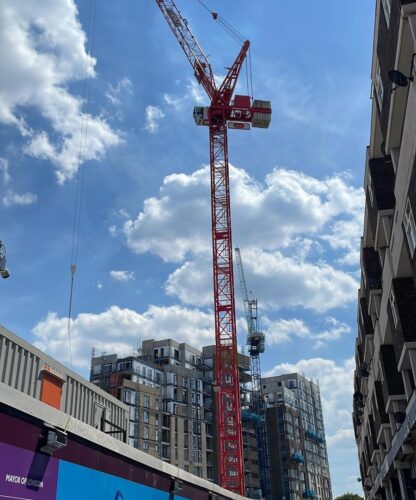
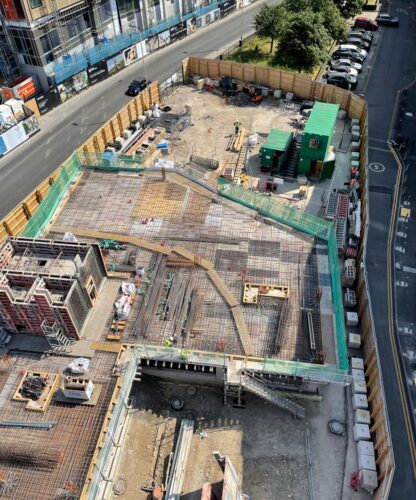
Community Resistance
Regeneration projects often involve changes to existing communities, and some residents may resist these changes due to concerns about displacement, loss of community character, or other reasons. This can lead to delays or even the cancellation of the regeneration project.
LBS took a proactive approach to community engagement, going over and above the GLA guidelines on balloting local residences to vote on regeneration plans. Over the course of a number of months, regular resident engagement activities meant that when it came to the resident votes, there was considerable support for the scheme .
It was important this good work wasn’t compromised, Pulse with LBS set out a stakeholder plan which included weekly resident meetings. We also ensured that residents had a voice in the selection of the developer and a resident group was formed that helped to set the tender questionnaire, evaluate them and were part of the interview team. This buy-in was important to LBS to ensure residents continued to be heard. Now on site, Pulse takes a group of residents on a weekly walk round, in addition we have committed significant social value to the local community by sponsoring a local girls’ football team, hosting a pitch at local resident days as well as running skills workshops, our favourite though is running belly dancing lessons in the local community hall!
Economic Factors
Regeneration projects may be impacted by economic factors, such as changes in the real estate market or the availability of financing. If the economic climate is unfavourable, it can make it difficult to secure funding or attract investment in the regeneration project.
Like most regeneration projects, the Tustin estate is not prime real estate. Early in the project we set out a strategy that could give potential investors confidence in the value of future opportunity. To give confidence we needed to make sure a developer was involved in the master planning and that the massing of future phases was sufficient to drive value. We achieved this goal by procuring earlier, by finding a route to market that gave LBS sufficient confidence in the right type of developers being interested and by setting out a programme that ensured both current day value (from contracting arm) as well as future value from private development. All of this was balanced with a plan and engagement that gave assurances on grant, planning and programme.
Inevitably there were some practical challenges to overcome. We had to run several work streams side by side, this meant that all parties had to be well resourced, it also meant that LBS had to engage in a risk profile that some local authorities would have felt uncomfortable with. The result was phenomenal, from all parties there was a well-resourced team that worked collaboratively to drive the programme and deliver outcomes that all could be proud of.
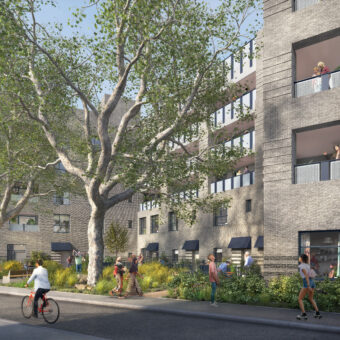
Pulse played a critical role in propelling the Tustin Estate regeneration project forward. They skilfully managed multiple work streams at the same time, ensuring that the programme's pace was sustained. From the outset, they understood the Council's needs and assembled a seasoned team to assist with the project's execution. I wholeheartedly recommend them for any regeneration schemes.
Neil Kirby
|Head of Regeneration South
|London Borough of Southwark


Summary
Overall, local authority regeneration projects require careful planning, coordination, and community engagement to overcome these challenges and achieve their goals.
Tustin is a remarkable example of what can be achieved by running work streams side by side, by having a well developed programme and stakeholder engagement plan and by having a local authority that was driven to ensure local residents and communities got a much needed regeneration, that they could influence.
Get in touch
If you’d like to discuss a project then please get in touch with our managing director, Ian Carey.
